-
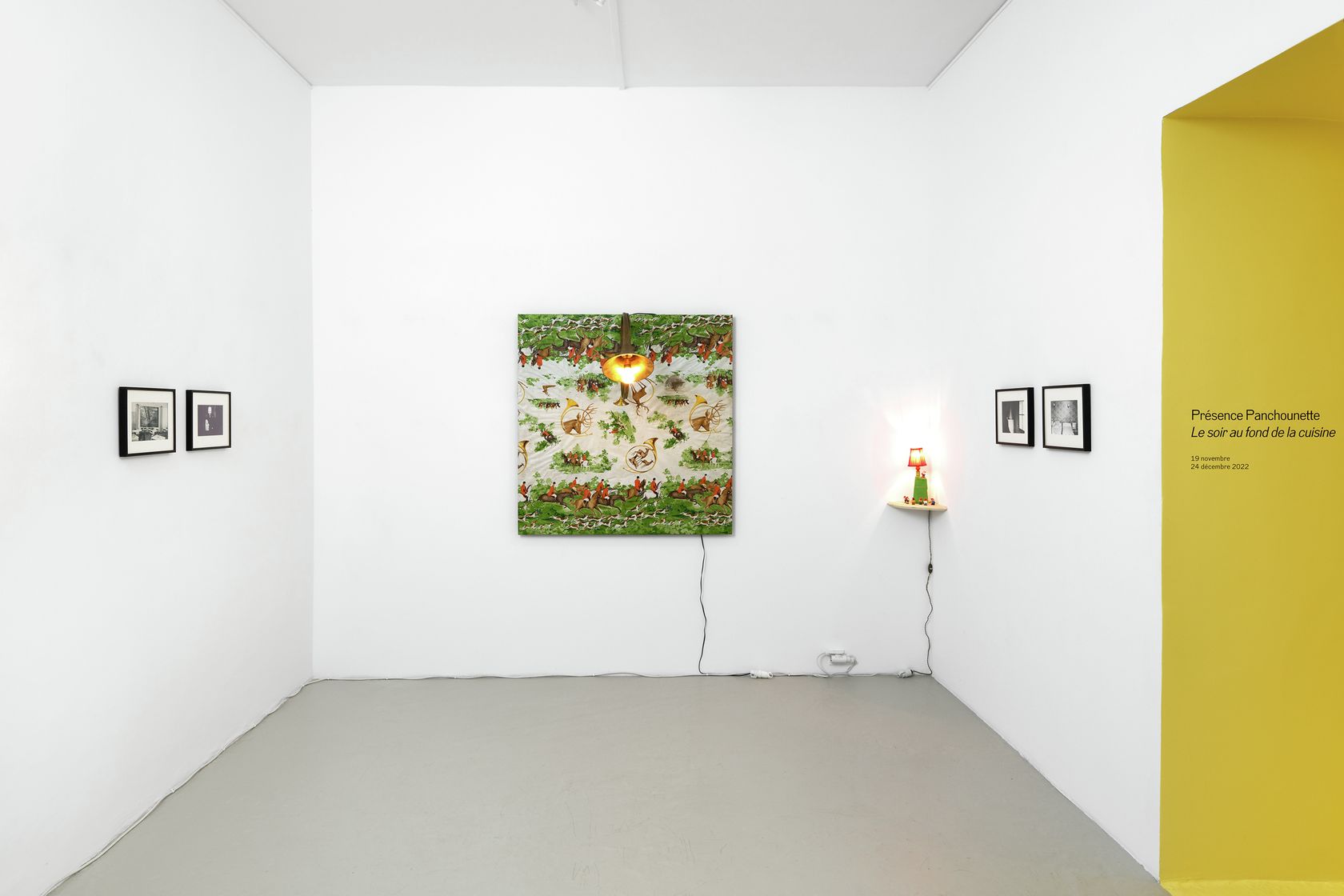 1/8
1/8
Présence Panchounette, Le soir au fond de la cuisine
-
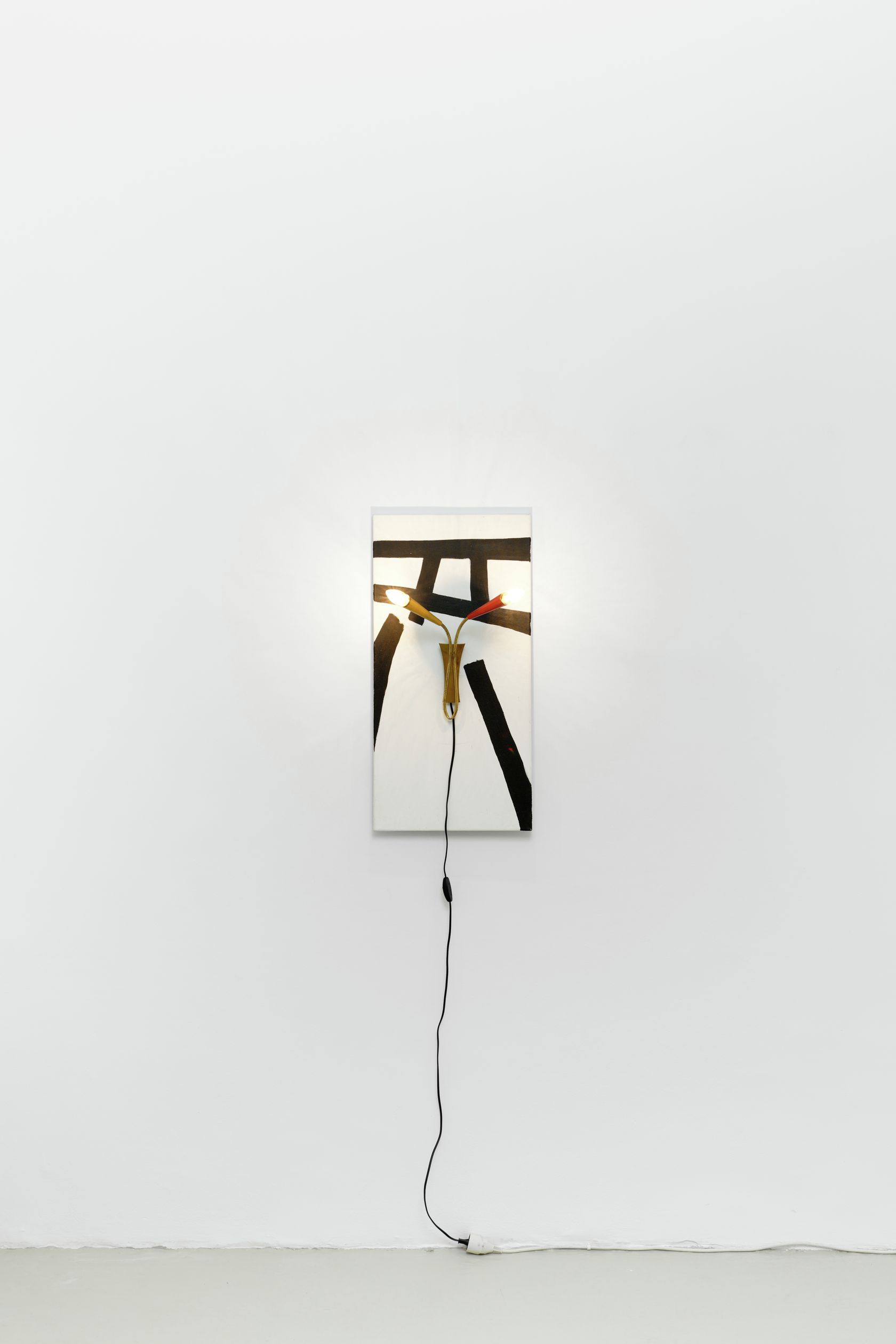 2/8
2/8
Présence Panchounette, Le soir au fond de la cuisine
-
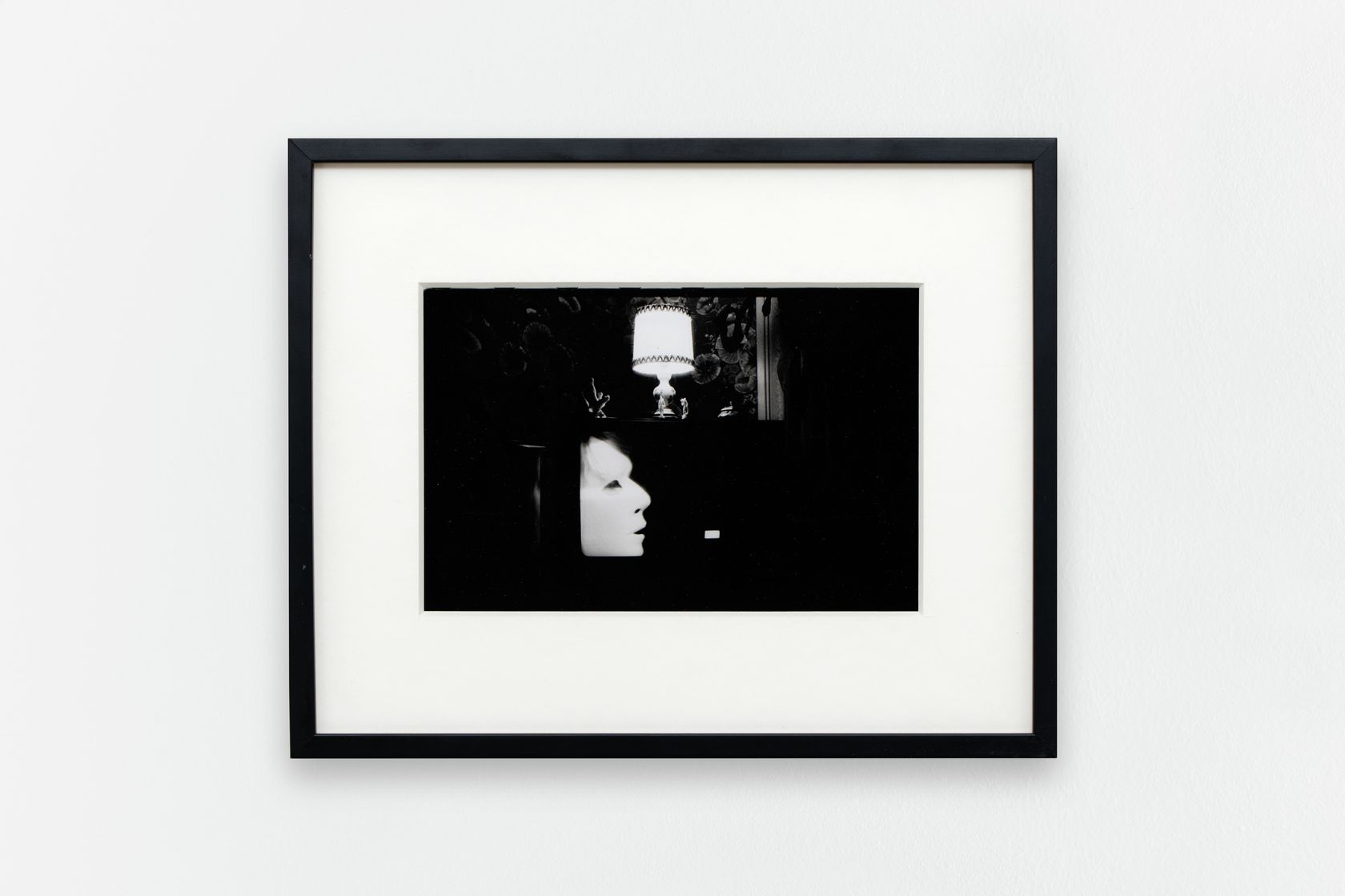 3/8
3/8
Présence Panchounette, Le soir au fond de la cuisine
-
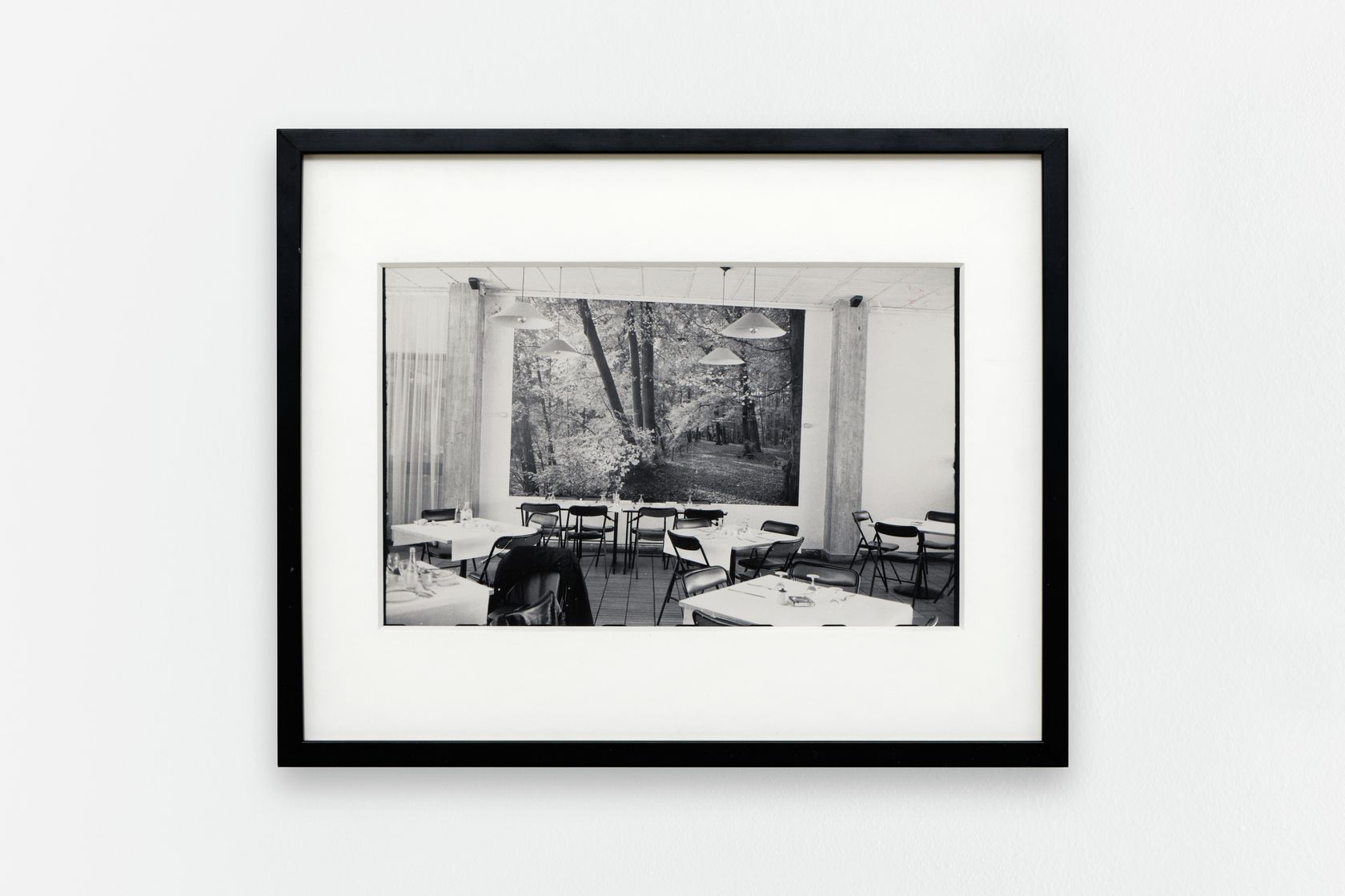 4/8
4/8
Présence Panchounette, Le soir au fond de la cuisine
-
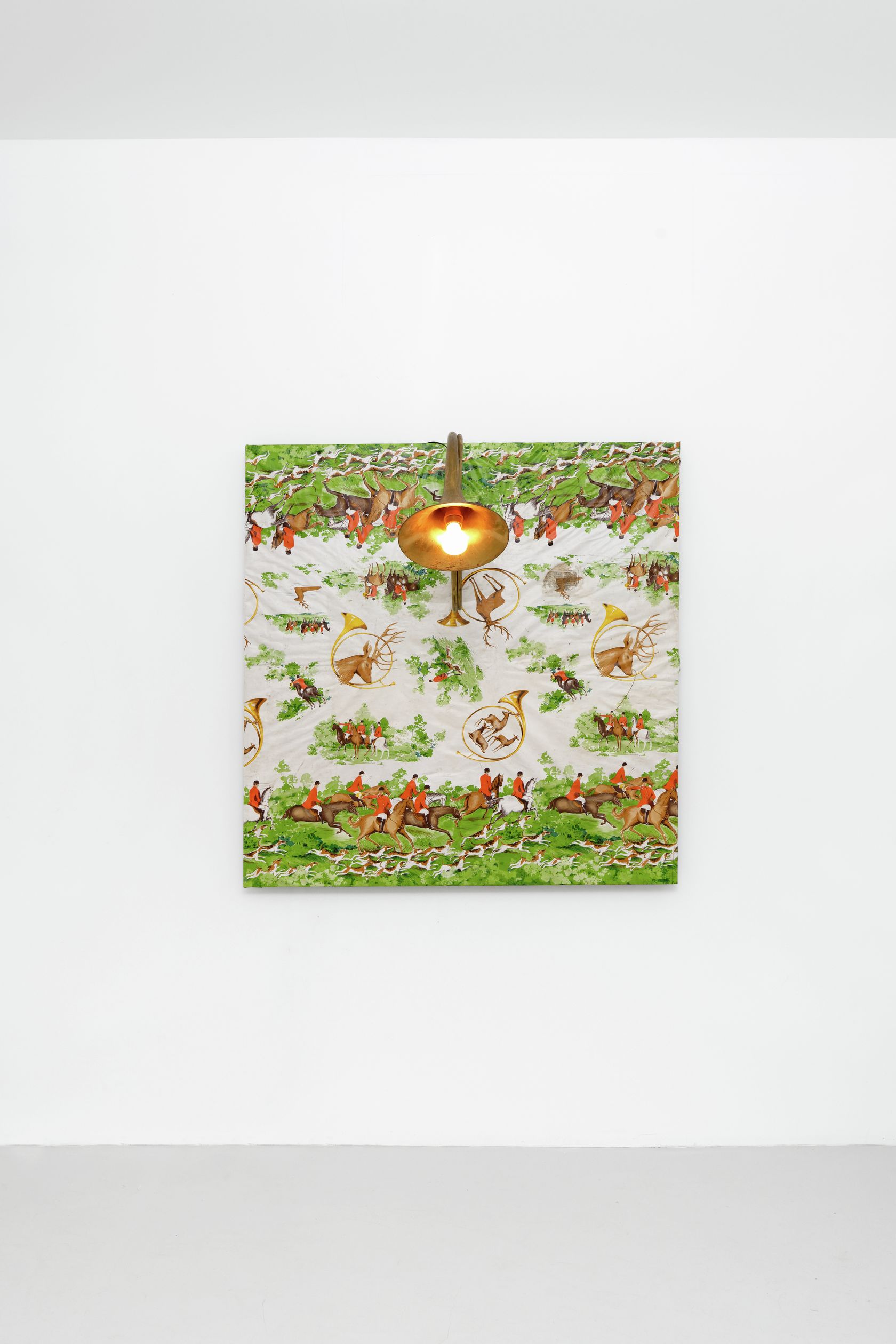 5/8
5/8
Présence Panchounette, Le soir au fond de la cuisine
-
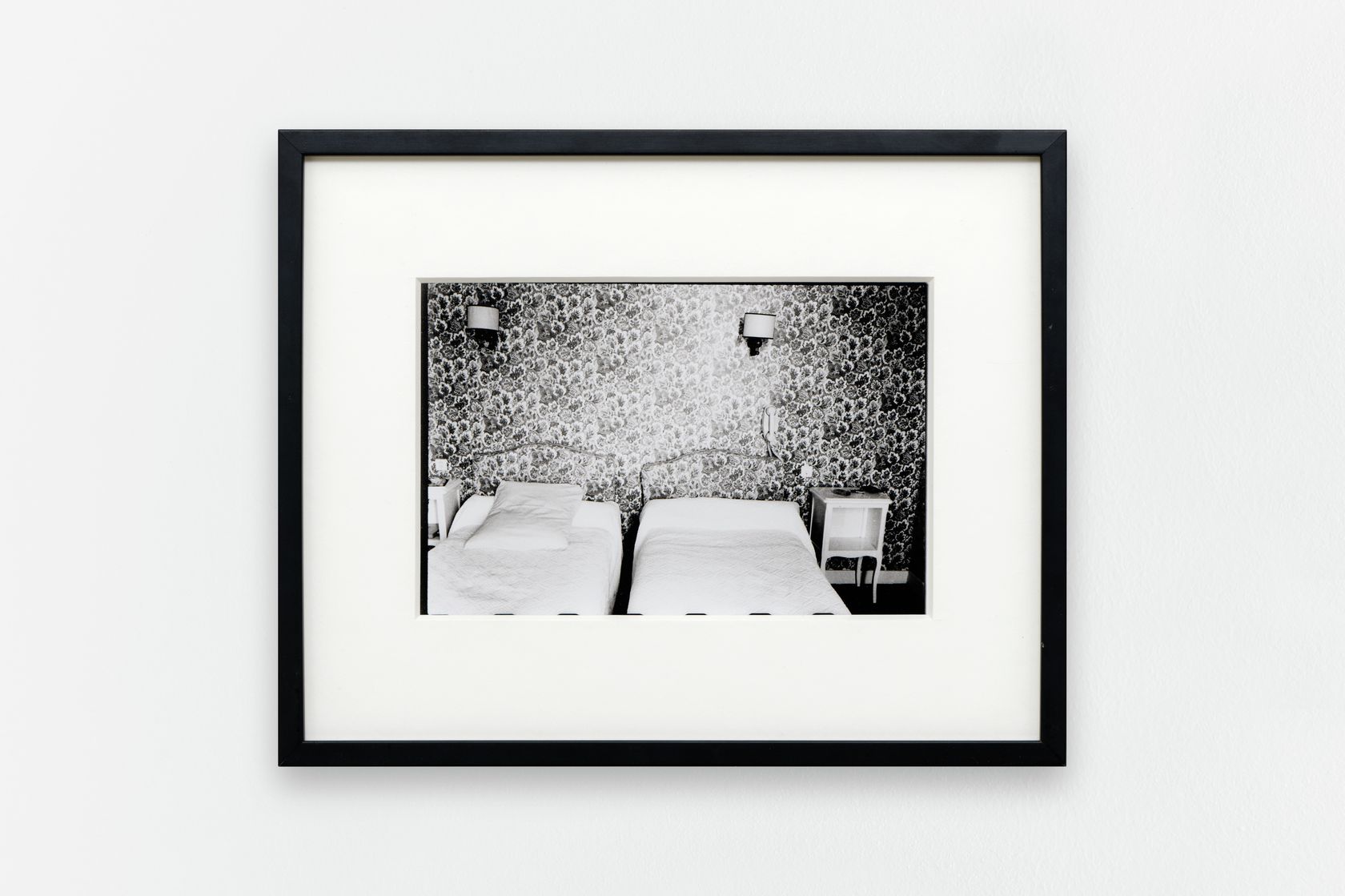 6/8
6/8
Présence Panchounette, Le soir au fond de la cuisine
-
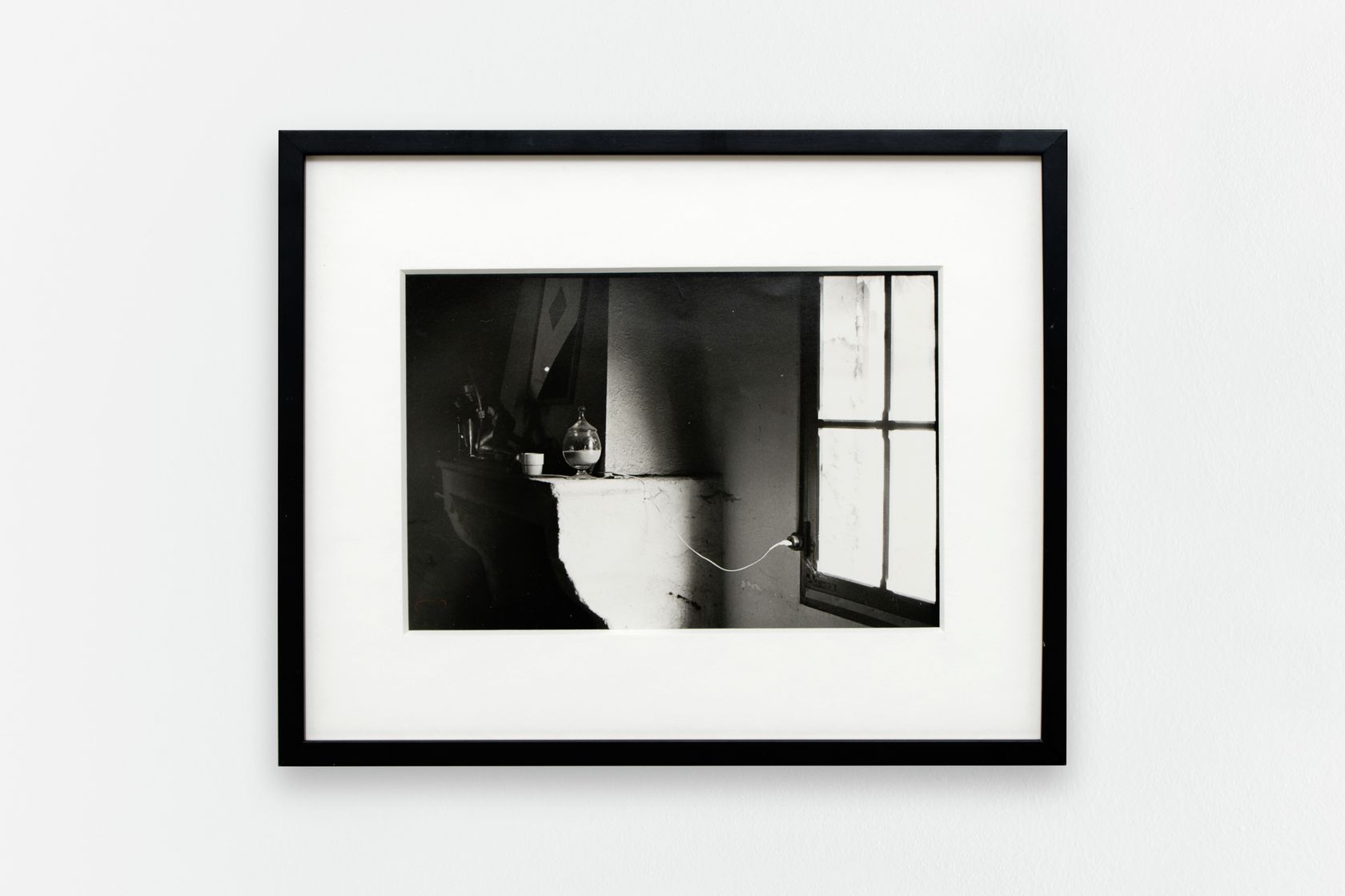 7/8
7/8
Présence Panchounette, Le soir au fond de la cuisine
-
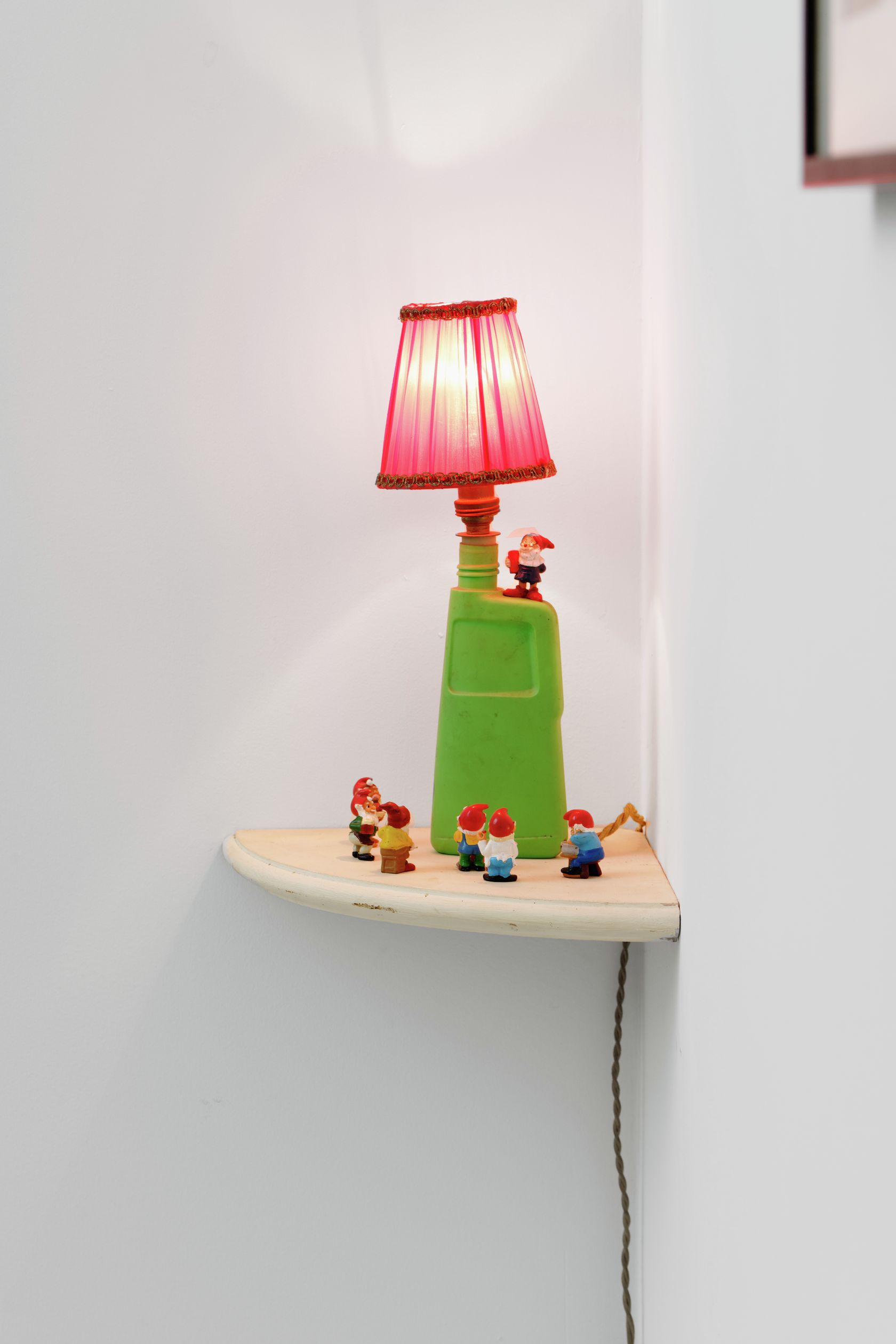 8/8
8/8
Présence Panchounette, Le soir au fond de la cuisine
Semiose is pleased to present a selection of works by Présence Panchounette, centered on the subject of light, in the gallery’s Project Room.
As a design object par excellence, the lamp, in the same way is the chair or the carafe, is a powerful cultural marker. It is thus hardly surprising that it was a motif of choice for the collective, which was always eager to dismantle the hierarchies of taste. In a spirit of political subversion, the “critique of the notion of taste linked to an aesthetic practice based on the class system”(1) served as much as a working method as it was a leitmotif. “For Présence Panchounette, design, decorative art, literature and the social sciences were in the beginning given a much higher priority [than art]. Their discourse on design figures as one of the group’s more interesting theoretical productions, as well as being the one that is most easily situated within the European historical context of the time,” Jacques Soulillou states. (2)
The work Les Nains aussi ont commencé petits (1980), whose title is taken from Werner Herzog’s film Auch Zwerge Haben Klein Angefangen (Even Dwarves Started Small, 1970), is an assemblage made up of small plastic figures arranged around a detergent bottle, crowned with a lampshade, as was fashionable in the 1970s when just about any object could become a lamp stand. With its seven dwarves, this work encapsulates all the “chounette” (3) hallmarks. This kind of crude assemblage was also used in Santander ni trompette (1972) and Bilbao Lamp (1972), both standard lamps made from bric-a-brac. These plastic bottles, often covered in tar, were collected on beaches, a practice common to the collective that at the time was dabbling in Industrial Land Art, exposing the dark side of 1970s development and the waste produced, while at the same time mockingly tackling the seriousness of Land Art. An entire exhibition made up of waste was organized at Studio F4 and re-enacted in May 1983 for the exhibition “Cragg, Boum, Hue!” at the Maison de la Culture in Chalon-sur-Saône.
“The collision of information” was one of the collective’s preferred techniques. In L’abstraction mène (presque) tout, we witness a flagrant collision between art and decoration in a perfect mix of genres. A crudely painted Franz Kline canvas meets a pure 1950s wall-lamp on the surrealist dissection table. “As beautiful as the chance encounter of…” except that these two objects were never supposed to coincide: one belonging in the bourgeois and intellectual world of fine art and the other to popular and anonymous design. This piece follows on from L’abstraction mène à tout (1979), acquired by the FRAC Midi-Pyrénées, and which is composed of a slightly different fake Kline and a somewhat more rustic wall-lamp. As is often the case with Présence Panchounette, their (master)pieces were produced as small series, of at the most three or four instances, and at irregular intervals, showing how they would persist with insistence on certain ideas.
Le soir au fond de la cuisine (1981) is another complex assemblage of symbols and signifiers. Produced with a minimum of means and the rapidity that characterize their stokes of genius, it is made up of a piece of oilcloth decorated with hunting scenes and a hunting horn transformed into a lamp. The fertility of the dialectics of rapprochement and antagonism cultivated by Présence Panchounette can never be overstated. The symbols often clash, or rather tire each other out, never finally managing to rehabilitate the one or debase the other. They cancel one-another out. “Bauhaus Panchounette […] does not consider an object that is kitsch as an exotic object but as an object of the same nature as a non-kitsch object.” (4) The hunting horn and the kitchen tablecloth are therefore considered as equivalents. Yet the real battle is elsewhere: this work crystallizes in an image of class inequality; hunting with hounds, a bastion of the aristocracy, still practiced (and criticized!) in France in 2022. Reproduced on an everyday object destined for the proletariat, the “hunting” motif has been transferred from one class to another as a means of underlining aristocratic domination. Présence Panchounette’s work undermines this transfer by turning it against itself: its program targeting no less than the instillation of a Marxist ideology in design and the production of everyday objects.
Bric-a-brac sales and flea markets provided many of the everyday objects that the collective recycled in its works. Présence Panchounette cultivated a great fondness for “popular” aesthetics that they emancipated from bourgeois diktats: what comes to mind in particular is the collective’s jubilation at the alterations made by its inhabitants to the Cité Frugès, “an open-air laboratory of class struggles with archi-urbanistic tones”: “In Pessac, close to where we live, Le Corbusier built a workers’ housing estate. The inhabitants completely wrecked the original architecture, and they did well to do so…” (5)
The Project Room exhibition is completed by four photographs. They are part of Présence Panchounette’s photographic corpus, which sometimes features “chounette” scenes captured from reality in a sort of ready-made installation. This is the case with La Conquête du paysage (1982), which features a typically 1980s setting: an ordinary canteen, where an attempt has been made to add “cachet” by papering the rear wall with poster showing a woodland scene. The effect is what it is, the scene from nature colliding with four hanging lamps, placed in a perfect square, in a further attempt to “do things right.” The lampshades take on the form of flying saucers that have escaped from the forest and wander aimlessly above the plastic upholstered chairs. The void is inside the invisible drawer (1983) is another found composition. The perfect superimposition of the bedhead fabric on the wallpaper pattern is meat and drink for anyone who shares a taste for the “chounette,” where décor takes the upper hand over design. Jacques Soulillou’s smartly turned formulation “the management of popular spaces and its abhorrence of emptiness” (6) finds its perfect illustration in this work.
Photography was also sometimes used to record objects, installations and performances by the collective. Au fil du décor (1974) is an example of this: the thoughtful framing is disrupted by a hanging wire, connected to a small work inside a candy jar (Présence Panchounette’s artwork unfortunately lost). The photograph’s title resolves this dissonance with a semantic pirouette playing on the words (unfortunately impossible to translate into English). The research for titles often gave rise, as here, to the poetic interweaving of image and word. With Pas assez de lumière pour l’homme sans visage (Not Enough Light for the Faceless Man, 1984), a slightly different poetic practice is at work, this time bringing images together, as the living room lamp and the picture on the TV screen collide with each other.
Laetitia Chauvin
Translation: Chris Atkinson.
1. Text by Présence Panchounette that accompanied the exhibition “Para-design” (1973), which took place at the Studio F4 in Bordeaux, an exhibition space used by the collective, alternating with other invited artists and various Sunday painters.
2. “Le dernier sorti est prié de ne pas éteindre la lumière” (Please, could the last one to leave not turn out the light) published in Pleased to meet you Présence Panchounette, Semiose éditions, 2018 (out of print).
3. Chounette originates from the word choune, a term in French slang for the female genitals, extended condescendingly to the idea of cute and minor in general.
4. Présence Panchounette, op. cit.
5. A quotation from the catalog of Présence Panchounette, CAPC 2008, p. 85.
6. “Le dernier sorti est prié de ne pas éteindre la lumière”, op. cit.